Disclosure: This article contains affiliate links. We may earn a commission from purchases at no extra cost to you, which helps our travel content.
Standing on the ornate Neo-Baroque balcony of Széchenyi Thermal Bath, watching steam rise from the outdoor pools as snow gently dusted the yellow façade, I realized I was experiencing something truly timeless. Budapest isn't called the 'City of Spas' without reason. Built upon a network of nearly 125 thermal springs, the Hungarian capital has cultivated a bathing culture spanning two millennia – from Roman settlers to Ottoman rulers and the Austro-Hungarian elite. Having explored thermal destinations from the Blue Lagoon to Japanese onsen, I can confidently say that Budapest offers something uniquely captivating: architectural splendor married with genuine therapeutic tradition. This isn't merely wellness tourism; it's a living cultural heritage where locals and visitors alike partake in rituals largely unchanged for centuries. Join me as we dive into Budapest's thermal bath scene – a perfect weekend exploration whether you're seeking romance, relaxation, or a deeper connection to European history.
The Historical Evolution of Budapest's Bath Culture
Budapest's relationship with thermal waters predates the city itself. When Roman legionaries discovered the natural hot springs in what they called Aquincum (now Óbuda), they established the first formal bathing complexes around 89 AD. Remains of these ancient facilities can still be glimpsed at the Római Strandfürdő area.
But it was during the Ottoman occupation (1541-1686) that Budapest's bath culture truly flourished. The Turks, with their hamam traditions, constructed numerous bathhouses across the city. Several, including Király and Rudas Baths, remain operational today, their distinctive octagonal pools and domed ceilings testifying to this cultural exchange.
The late 19th century brought another golden age when the Austro-Hungarian Empire commissioned palatial spa complexes that rivaled Vienna's grandest buildings. These weren't merely places for bathing but social institutions where Budapest's elite gathered to discuss politics, business, and art while soaking in mineral-rich waters.
What fascinates me most is how this tradition never became merely touristic. On my first visit to Lukács Bath on a Tuesday morning, I found myself surrounded almost exclusively by elderly locals, many following their physicians' prescribed bathing regimens. One gentleman in his 80s explained he'd been visiting the same bath weekly for over 50 years – a testament to Hungarians' enduring belief in the healing properties of their thermal waters.
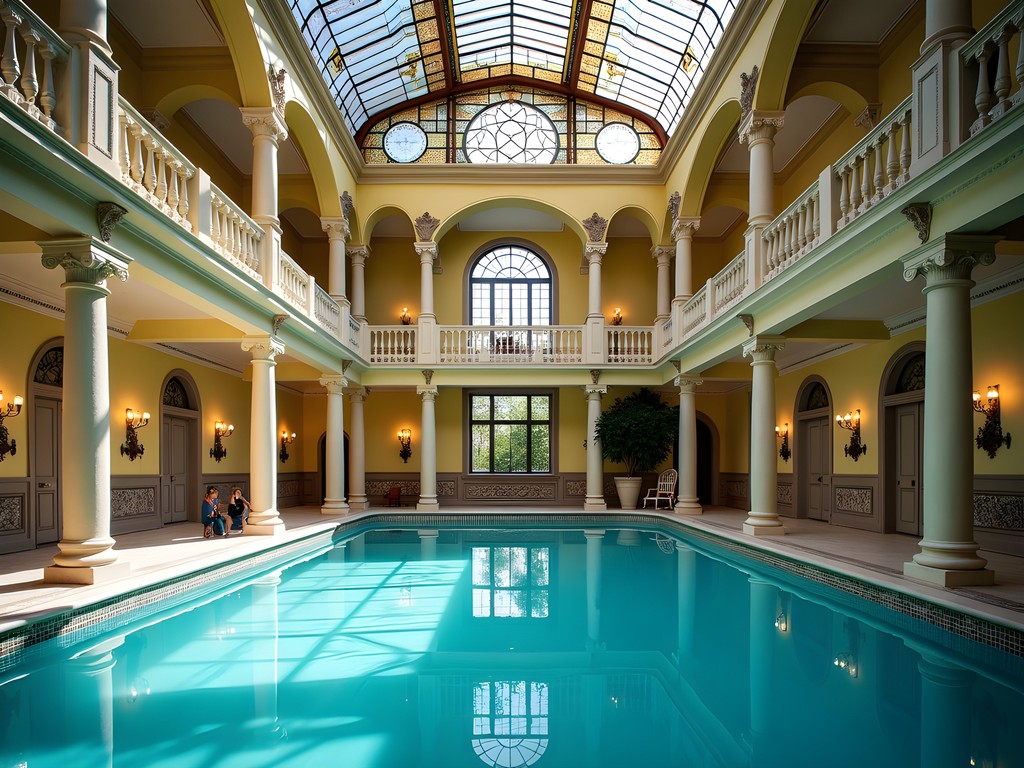
💡 Pro Tips
- Visit baths mid-week for a more authentic, less crowded experience
- Most historical baths offer guided tours in English – book in advance
- Look for plaques detailing the mineral composition of each pool – different waters treat different ailments
Széchenyi: The Grand Palace of Wellness
Nothing quite prepared me for my first glimpse of Széchenyi Bath, even after visiting Lake Como's grandest villas and Geneva's most opulent hotels. Rising from City Park like a yellow-hued Baroque fantasy, this sprawling complex is Budapest's largest and perhaps most photographed thermal bath.
Completed in 1913 and expanded over the decades, Széchenyi houses 18 pools of varying temperatures, from the refreshing 20°C swimming pool to thermal baths reaching a muscle-melting 38°C. The outdoor area, with its steam rising dramatically against the historic architecture, creates an almost theatrical setting where you can soak while playing chess on floating boards – a quintessentially Hungarian pastime.
During my winter visit last February, I experienced what I consider the bath's most magical incarnation: lounging in the scorching outdoor pool as snowflakes dissolved upon contact with the steaming water. I'd recommend bringing a quick-dry travel towel for moving between pools, as the standard rental towels are rather small and cumbersome.
While undeniably popular with tourists (particularly in summer), Széchenyi maintains an authenticity that surprised me. Arrive early on weekday mornings, and you'll find local retirees performing their aqua exercises and socializing in their dedicated corners of the baths. The steam rooms and saunas follow traditional European protocols, so don't be surprised by the lack of swimwear in these areas (though the main pools require it).
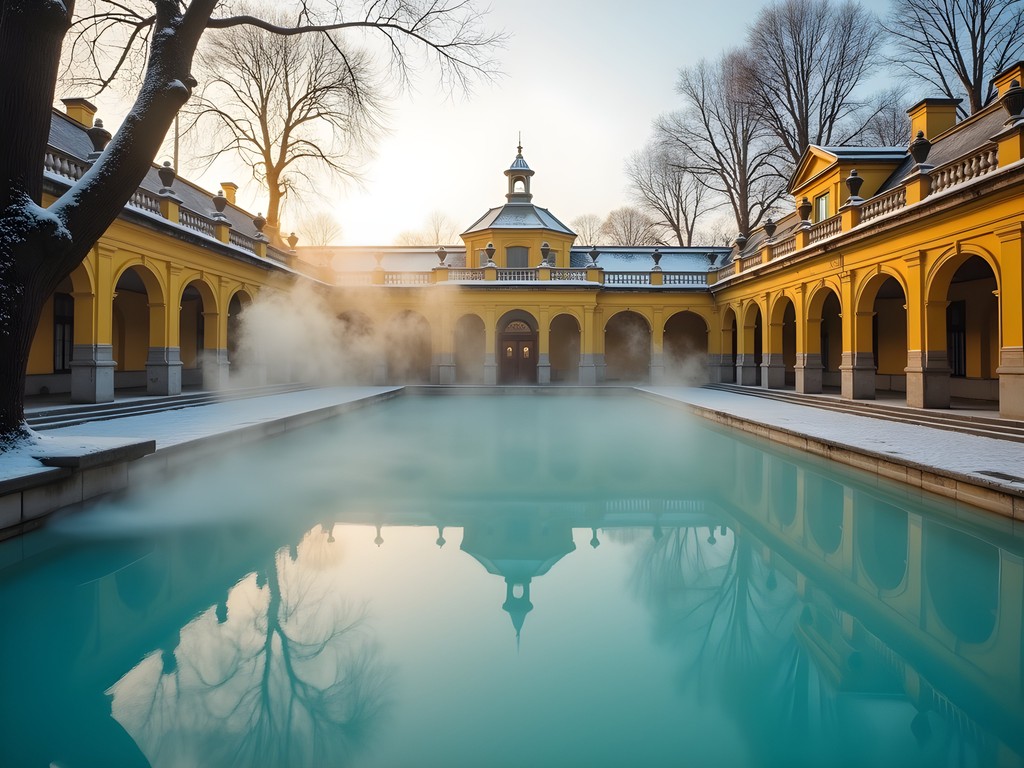
💡 Pro Tips
- Visit early morning (6-8am) to experience the bath with mostly locals
- Purchase tickets online to avoid queues, especially during summer months
- Bring flip-flops as the floors can be slippery and sometimes not perfectly clean
Gellért: Art Nouveau Elegance
If Széchenyi represents Budapest's extravagant grandeur, then Gellért embodies its artistic soul. Connected to the famous Hotel Gellért at the foot of Gellért Hill, this Art Nouveau masterpiece opened in 1918 and quickly became the most fashionable address in the city.
What struck me immediately upon entering was the extraordinary attention to aesthetic detail – from the stained-glass windows filtering light onto the main pool to the intricate mosaic floors depicting aquatic scenes. The central swimming hall feels more like a cathedral to wellness than a mere bathing facility.
During my stay at the connected hotel (a splurge I highly recommend for at least one night), I developed a morning ritual of descending directly from my room to the baths before the day visitors arrived. There's something profoundly luxurious about floating in the thermal pool, watching sunlight play through colored glass while contemplating the day ahead.
Gellért offers a particularly romantic atmosphere for couples, especially in its famous effervescent pool where tiny air bubbles create a champagne-like sensation against the skin. For those planning a couple's visit, I'd suggest bringing a waterproof phone case to capture some memorable moments without risking your electronics.
The bath complex also houses one of Budapest's most authentic traditional massage services. Unlike the sometimes tourist-oriented offerings elsewhere, the no-nonsense therapists here have often been practicing for decades. My masseur, an older gentleman named István, had hands that seemed to identify and dissolve knots I didn't even know existed – though be prepared for a vigorous rather than gentle experience!
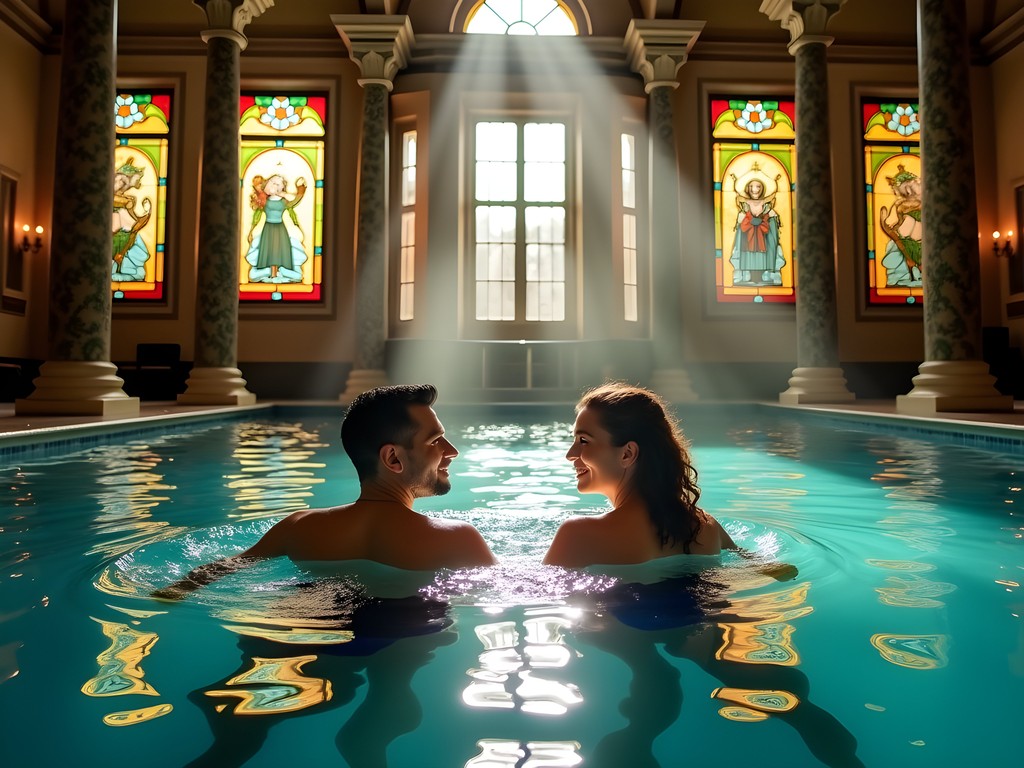
💡 Pro Tips
- Book a room at Hotel Gellért for direct bath access before public opening hours
- Try the carbonic acid tub for a unique effervescent experience
- Reserve massage treatments at least a day in advance, especially on weekends
Rudas: Where Ottoman History Meets Modern Luxury
Perhaps my favorite discovery in Budapest was Rudas Bath, a fascinating hybrid of 16th-century Ottoman architecture and contemporary design. Located directly on the Danube's Buda bank, Rudas offers something no other bath in the city can match: a rooftop thermal pool with panoramic views across the river to the Parliament building.
The historical core of Rudas dates to 1566, commissioned by Ottoman Pasha Sokollu Mustafa during the Turkish occupation. The original hammam section remains largely unchanged – a domed octagonal chamber centered around a steaming octagonal pool. Sitting beneath the small glass oculi in the dome, watching light beams penetrate the steam, I felt transported across centuries.
Rudas maintains some traditional gender-separated bathing days (though the wellness section is always mixed), reflecting its historical roots. The Tuesday ladies-only and Monday, Wednesday, Thursday, and Friday men-only policies in the Turkish section offer a glimpse into historical bathing culture rarely found in Europe today.
The modern addition that houses the rooftop pool is masterfully integrated with the historical structure. I spent an unforgettable evening soaking in the 36°C waters as night fell over Budapest, the city lights reflecting on the Danube below. This experience pairs perfectly with a quality insulated water bottle to keep hydrated with cold water while enjoying the hot thermal waters.
The basement houses a drinking hall where visitors can sample the mineral waters directly from the springs – an acquired taste, certainly, but one worth trying for the full cultural experience. A local doctor explained to me that many Hungarians still "take the waters" medicinally, with different springs prescribed for various ailments.
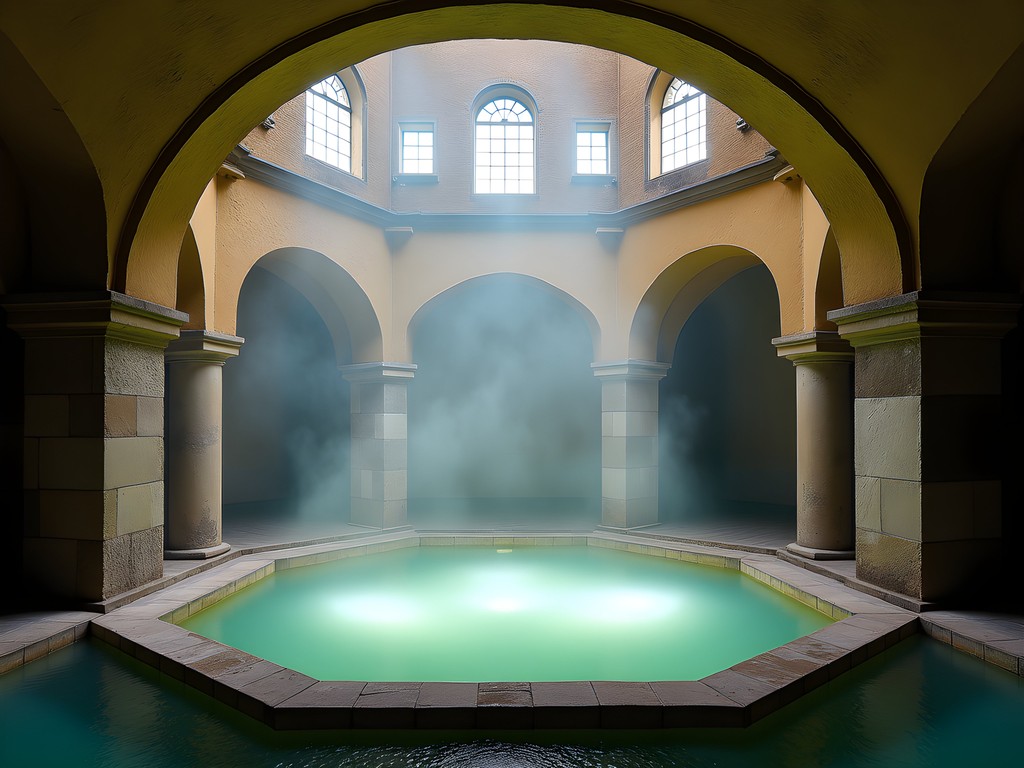
💡 Pro Tips
- Visit the rooftop pool at sunset for spectacular views over the illuminated city
- Check the gender-separated bathing schedule before planning your visit
- Try the drinking cure in the basement – each spring has different mineral properties
Bathing Etiquette & Practical Considerations
As someone who's navigated thermal bath cultures from Japan to Iceland, I've learned that understanding local customs prevents those awkward cultural missteps. Hungarian bath etiquette has its own particularities worth noting.
First, the cabins versus lockers decision that confronts you upon entry: cabins offer private changing rooms that lock, while lockers are simply storage in communal changing areas. For first-timers or those desiring more privacy, the small additional cost for a cabin is worthwhile.
Swimwear policies vary significantly between baths and sections. In the swimming pools, swimwear is mandatory, but in traditional thermal sections and saunas, policies differ. Some baths provide paper undergarments (effectively disposable shorts), while others observe traditional European sauna culture where nudity is expected. When in doubt, observe what locals are doing in each section.
One cultural element that surprised me was the lack of pre-bath showering enforcement common in Japanese onsen or Scandinavian facilities. While showers are available and recommended, the rigorous shower-before-entering protocol isn't as strictly observed.
For a comfortable experience, I recommend bringing a waterproof smartwatch to keep track of time in the various thermal areas – it's easy to lose track when relaxing, and certain waters aren't recommended for extended soaking.
Regarding accessibility, newer sections of most baths offer accommodations, but the historical areas often present challenges with stairs and narrow passages. Széchenyi and the wellness section of Gellért offer the best accessibility options among the historical facilities.
Finally, hydration is crucial when thermal bathing. The combination of hot water and mineral content can be dehydrating. Most baths have water fountains available, and attendants generally permit water bottles poolside as long as they're not glass.
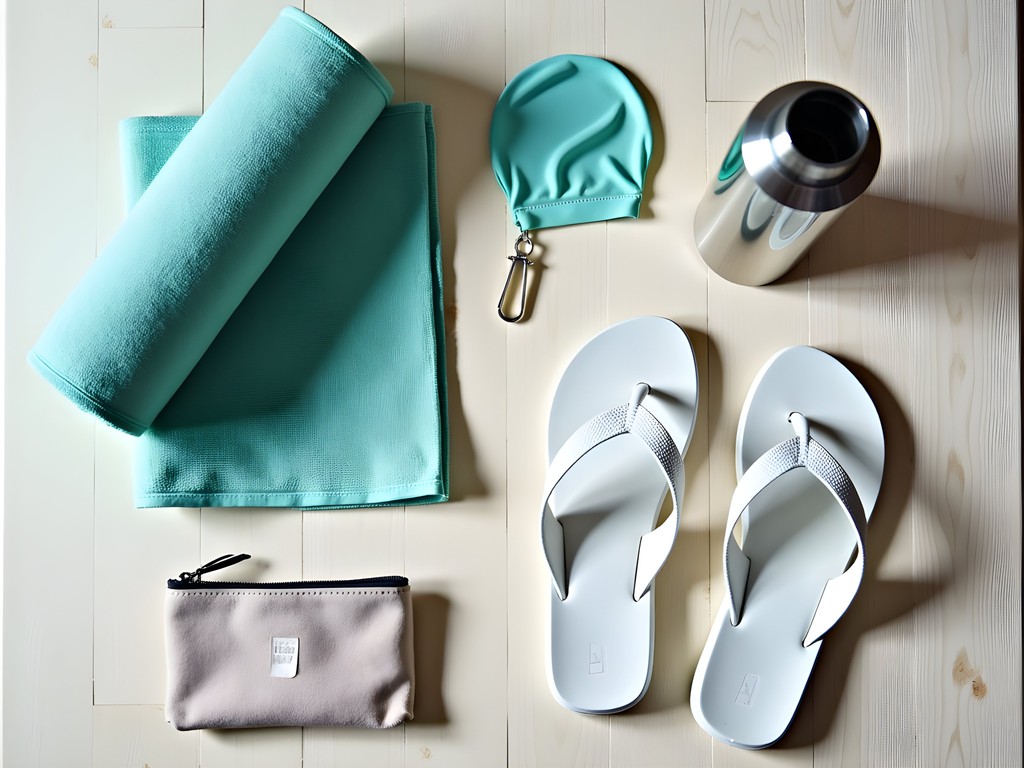
💡 Pro Tips
- Purchase a 'bath kit' if you didn't pack essentials – most baths sell packages with flip-flops, towels, and swim caps
- Remove jewelry before entering sulfurous pools as some minerals can discolor metals
- Follow posted time limits for thermal pools – typically 15-20 minutes maximum per session
Final Thoughts
As I soaked in Széchenyi's outdoor pool on my final evening in Budapest, watching locals chat animatedly in steaming waters they've enjoyed for decades, I realized what makes this city's bath culture so compelling: its authenticity. Despite growing tourism, these aren't contrived attractions but living institutions where centuries of history continue to unfold daily. Whether you're seeking romance, wellness, architectural beauty, or cultural immersion, Budapest's thermal baths offer a rare opportunity to participate in a tradition that spans empires and eras. While the city offers countless historical treasures above ground, I'd argue that to truly understand Budapest's soul, you must descend into its waters – where past and present dissolve into an experience that remains remarkably timeless. So pack your swimwear, embrace the unfamiliar, and prepare for a weekend that will leave you not just refreshed but connected to a therapeutic tradition that has soothed countless souls across the centuries.
✨ Key Takeaways
- Budapest's thermal baths offer a living cultural experience spanning Roman, Ottoman, and Austro-Hungarian influences
- Each major bath has a distinctive architectural character and atmosphere – try visiting at least two for comparison
- Morning visits provide the most authentic local experience, while evenings offer romantic ambiance
📋 Practical Information
Best Time to Visit
year-round (winter for magical steaming outdoor pools, summer for night bathing parties)
Budget Estimate
$30-80 per day depending on bath choices and treatments
Recommended Duration
2-3 days to experience multiple baths
Difficulty Level
Easy
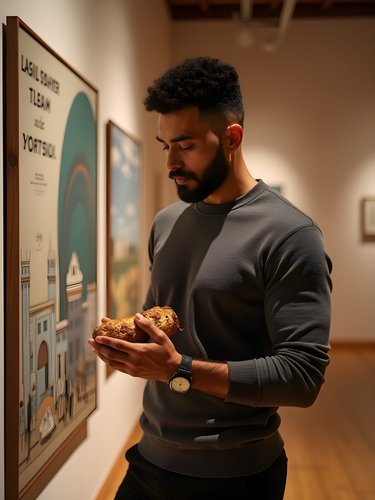
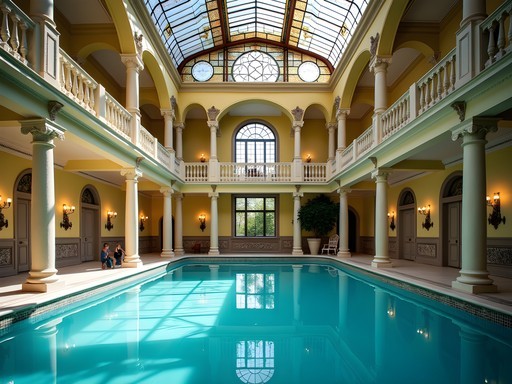









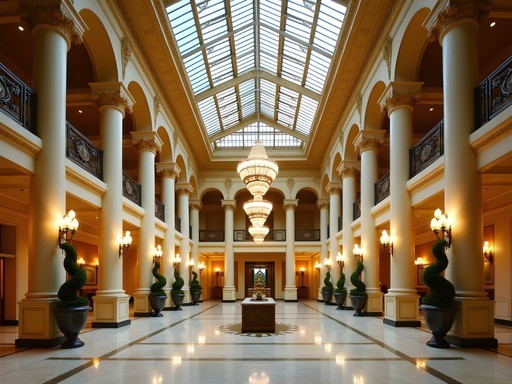
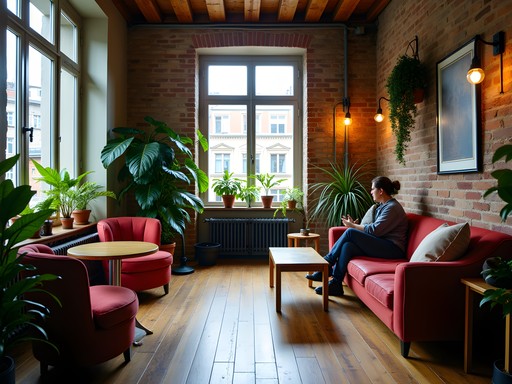
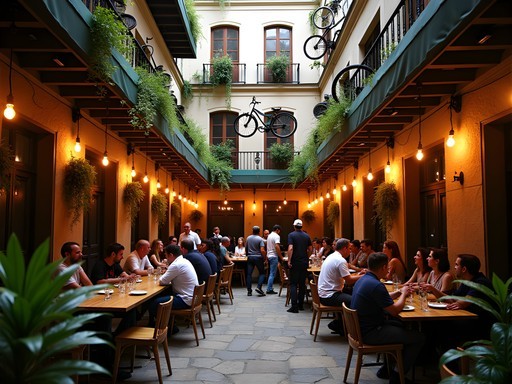
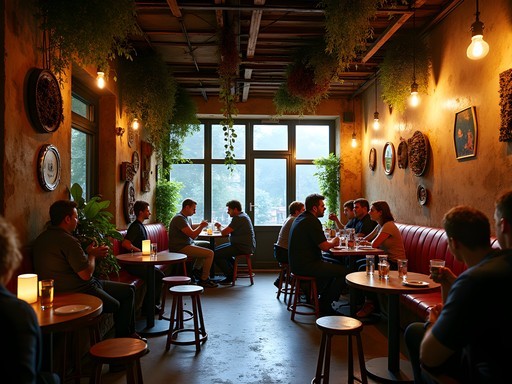

Comments
wanderlustseeker
Planning a trip to Budapest in November and thermal baths are top of my list! Did you find it easy to navigate without speaking Hungarian? Also, which one would you recommend for someone who's a bit shy about the whole public bathing thing? 😅
luckyace
Not the author but I found Széchenyi very tourist-friendly with English signs. If you're shy, maybe avoid the traditional sections of Rudas where swimsuits aren't allowed on some days!
Timothy Jenkins
Wanderlustseeker, most of the major baths have English signage and staff who speak basic English. For first-timers who are a bit shy, I'd recommend Széchenyi - it's large enough that you won't feel too exposed, and the atmosphere is quite relaxed. Gellért is another good option with a more upscale feel. Just bring your swimsuit, a towel, and flip-flops and you'll be fine!
wanderlustseeker
Thanks so much! Széchenyi sounds perfect for me. Can't wait to experience this part of Hungarian culture!
Megan Martin
Timothy, this is such a comprehensive guide! I've visited all three of these baths on different business trips to Budapest and completely agree with your assessments. For business travelers with limited time, I'd recommend Rudas for their night bathing on Fridays and Saturdays - the view of the city lights from the rooftop pool is spectacular. One tip for first-timers: the bath etiquette can be confusing, especially at the more traditional facilities. I always carry a small quick-dry towel and flip-flops. Also worth noting that many baths still separate men and women on certain days, so check their websites before visiting!
wanderlustseeker
Thanks for mentioning the gender-separated days! I almost got caught out by this at Rudas. Do you need to bring your own swimsuit or do they rent them?
Megan Martin
Most people bring their own swimwear, though some places do rent them. Personally, I always pack my quick-dry swimsuit since it's perfect for thermal baths and doesn't stay damp in your luggage afterward!
luckyace
Great post! I visited Széchenyi last winter and it was magical soaking in hot water while snowflakes fell around us. Definitely a must-do in Budapest!
Megan Martin
Isn't it amazing? I think winter is actually the best time to experience the baths!
luckyace
Totally! The contrast between the freezing air and warm water was incredible. We even had mulled wine afterward at a nearby Christmas market!
oceanqueen
Beautiful photos! Is it weird to go alone? I'm planning a solo trip in November.
Timothy Jenkins
Not weird at all! I spent several solo sessions at different baths. It's actually quite meditative. Just be aware of the different sections and etiquette - some areas might require swimwear while others are traditionally nude (often separated by gender).
oceanqueen
Thanks! That's reassuring. Can't wait to try it!
Megan Martin
Wonderful piece, Timothy! I was in Budapest for a business conference last year and made time to visit both Széchenyi and Gellért. What struck me was how the baths are such an integral part of daily life for locals - not just a tourist attraction. I saw elderly men playing chess in the water at Széchenyi at 6am! For first-time visitors reading this, I'd recommend bringing flip-flops and a quick-dry towel, as rentals can be pricey. Also worth noting that some baths still have separate days or areas for men and women, especially the more traditional ones like Rudas. I used my quick-dry travel towel which was perfect for bath-hopping.
oceanqueen
Is winter the best time to go? Or is summer nice too?
Megan Martin
Both seasons have their charm! Winter gives you that magical snow-meets-steam experience, but summer evenings at Széchenyi are amazing too - they sometimes have 'sparties' (spa parties) with music and lights.
tripgal
The contrast in winter is AMAZING though! Freezing air, hot water... unforgettable!
tripgal
Omg I was literally at Széchenyi last winter and had that exact same moment of realization! There's something magical about sitting in steaming hot water while snowflakes melt on your shoulders. Did you try Lukács too? It's less touristy and the locals told me it has the most medicinal waters. Budapest's bath culture is definitely one of those experiences that stays with you forever!
Timothy Jenkins
I did make it to Lukács! You're right about it being less touristy. The locals I chatted with there were so passionate about the specific mineral properties. Did you try any of the treatments?
tripgal
Just a quick massage but it was amazing after the thermal soak! The language barrier was real though 😂
Jennifer Rodriguez
This article perfectly captures the magic of Budapest's baths! After visiting all the major ones last summer, I'd recommend going early (before 9am) or later in the evening (after 7pm) to avoid crowds, especially at Széchenyi. Also, there's a confusing system with cabins vs. lockers - lockers are cheaper and totally sufficient. Don't forget to bring a swim cap for certain pools where they're mandatory. And for budget travelers, Lukács Bath is less famous but equally beautiful and about 30% cheaper than the big names. The massage treatments are surprisingly affordable compared to Western Europe - definitely worth splurging on a 30-minute treatment!
oceanguide
Just got back from Budapest and Gellért was the highlight of our trip! The Art Nouveau tiles and stained glass are even more stunning in person. Tip: they sell these little waterproof pouches for your phone at the entrance - totally worth it for a few quick pics without worrying about water damage.
coffeeperson
Love this post! Going to Budapest next week and thermal baths are top of my list!
globezone7348
I visited Széchenyi last winter and it was magical soaking in hot water while snow fell around us. One tip for anyone going - the thermal baths can be really dehydrating so bring a water bottle! Also, don't miss the whirlpool at Széchenyi - everyone holds onto the center and walks in a circle creating this human-powered current. Such a fun local tradition!
vacationblogger
That whirlpool thing was so fun! My kids couldn't get enough of it. Also try the 'beer spa' nearby if you have time - totally unique experience.
Venture X
Premium card with 2X miles, $300 travel credit, Priority Pass